Glossary
| Glossary | ||
|---|---|---|
| Daimyōjin: | Suffix meaning Great Shining Kami. Used for Shintō-Buddhist syncretic kamisama. | |
| Heishi: | A pair of white ceramic sake containers used in Shintō ritual. | 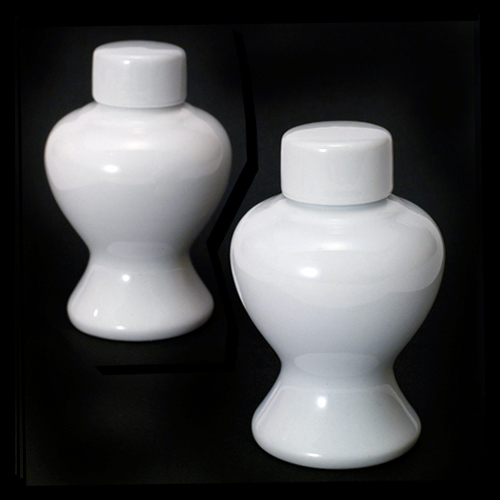 |
| Hiraka/Doki/Shirosara: | Flatter plates for salt and rice used in Shintō ritual. | 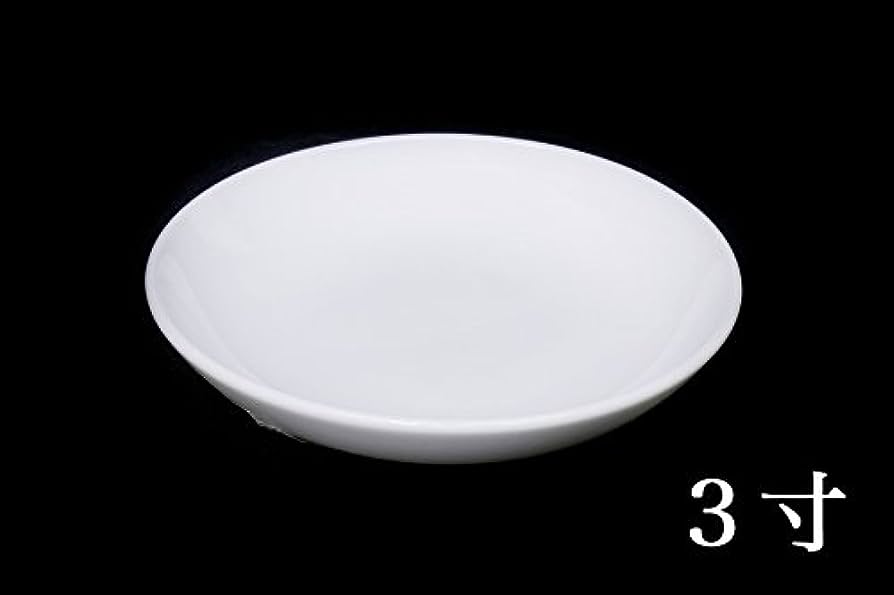 |
| Kagaribi: | Candlestand. Note that the candles for these are rather specific (and come with holes) so I do not recommend this for people without regular access to Japanese candles. The second image shows the bottom of the special candles which come with holes so they can easily be stood on the spikes in the stand. | 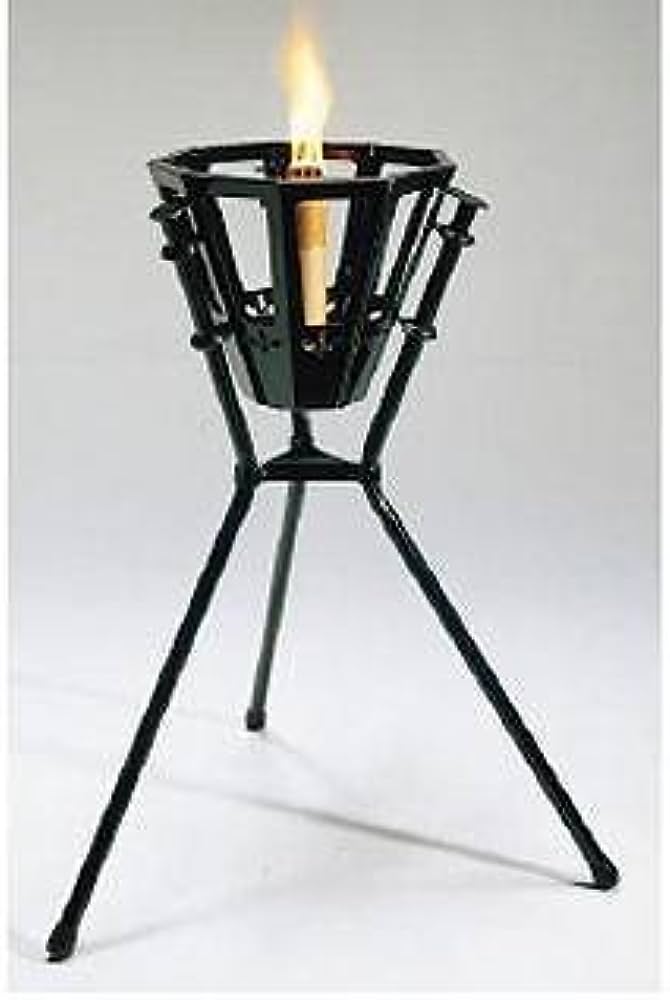 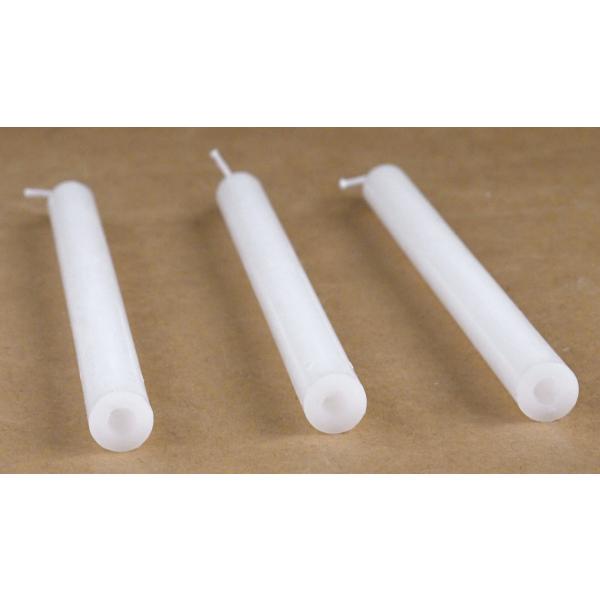 |
| Kami: | A revered deity or spirit. Can be a historical Japanese figure like Sugawara no Michizane. | |
| Kamidana: | Shintō home altar. | More images and info here. |
| Kamisama: | Respectful word for “kami”. | |
| Kumoita: | A wooden letter stuck above a kamidana. The letter is usually the letter for sky 空, cloud 雲, or heaven 天. This is used when the kamidana is placed in a room beneath another room, so that anyone in the room above will not be symbolically treading on the kamidana. | 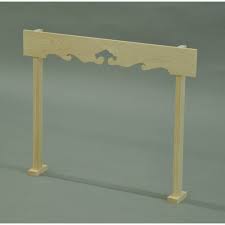 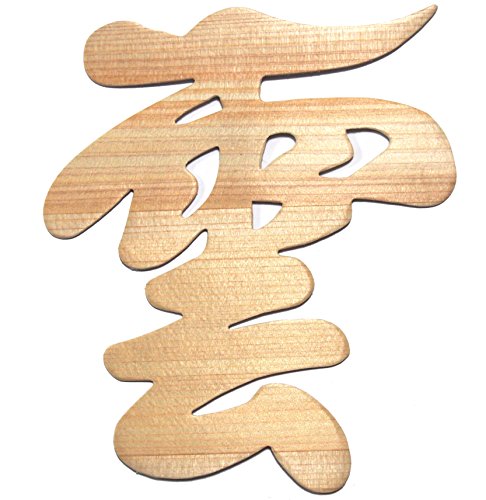 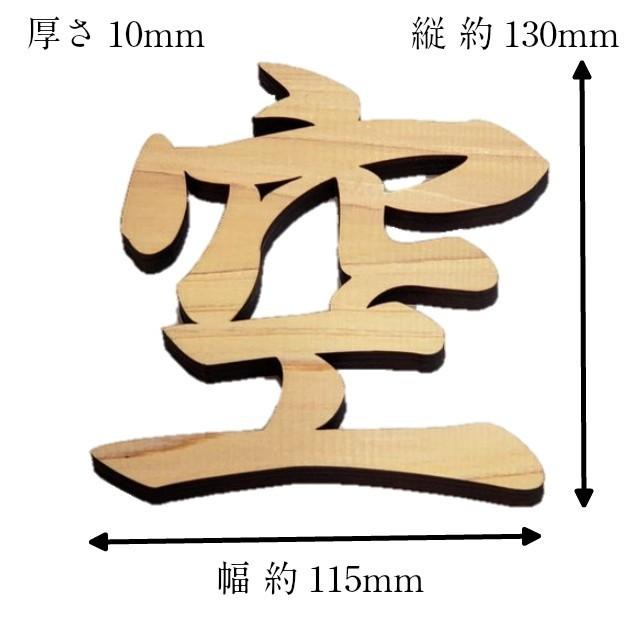 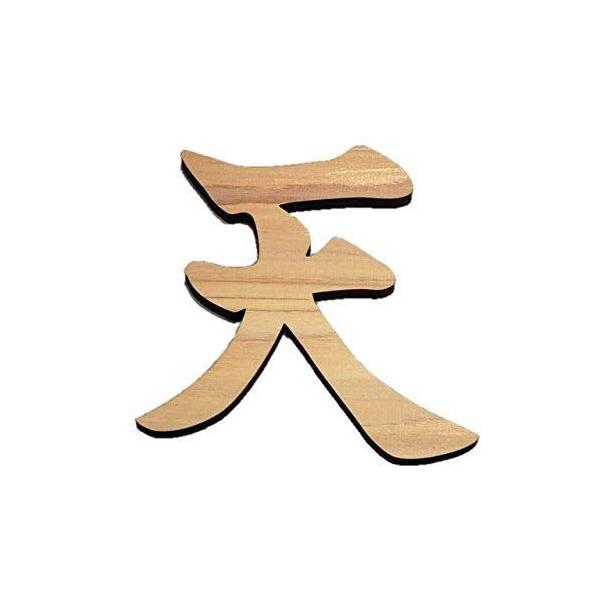 |
| Masakaki: | A type of sakaki that includes references to the 3 sacred treasures and has sacred colors on it – the left masakaki has the sword, the right has the mirror and magatama 勾玉 jewel. This is an alternative (and somewhat fancier) than sakaki. | 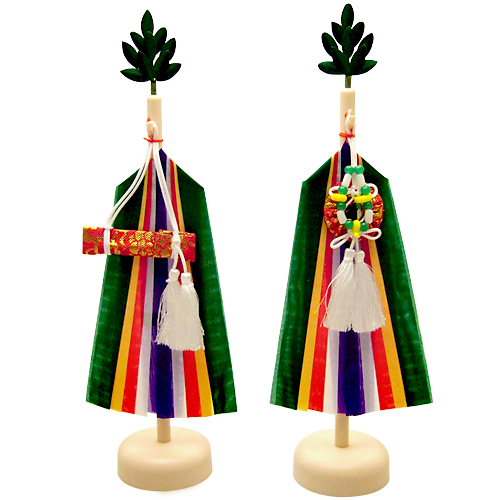 |
| Misogi: | ritual purification in water. | |
| Mizutama: | White ceramic lidded container used in Shintō ritual. Contains water. The lid is often left on its side while offerings are up. Some say this is so that the water can evaporate and symbolically be drunk by kamisama. | 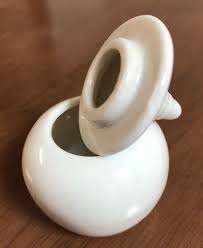 |
| Myōjin: | Shining Kami. Used for Shintō-Buddhist syncretic kamisama. | |
| Ofuda: | Wooden tablet bestowed by a shrine, usually wrapped in paper, that is usually enshrined at a kamidana. Buddhist Ofuda are usually purpose-specific. | 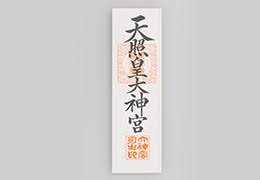 |
| Ōkami: | Suffix meaning Great Kami. | |
| Omamori: | Charms giving a blessing bestowed by a shrine. Usually their purpose is specified. Forms may vary. They are usually meant to be carried on one’s person, attached to bags. | 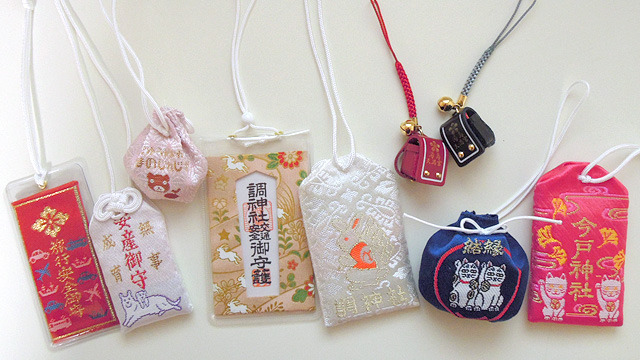 |
| Sakaki: | Japanese evergreen tree whose branches are used in Shintō ritual. Kami are thought to descend into them temporarily. | 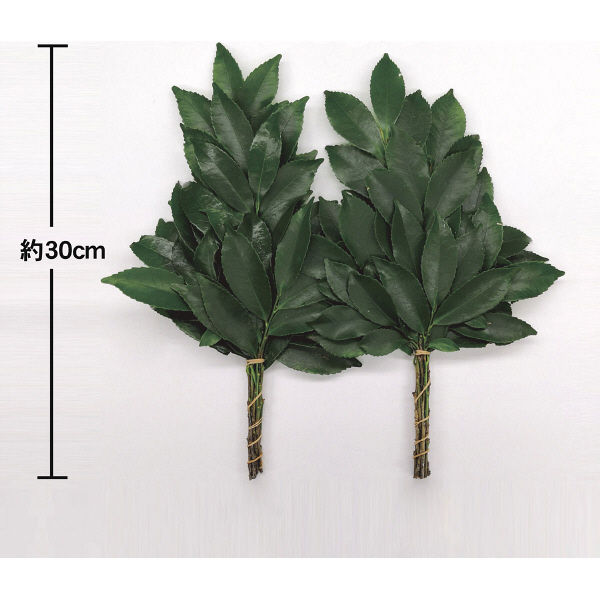 |
| Sakakitate: | Vase and vase holders for sakaki. You don’t need to have ones with the box around the vase, as it’s more decorative. | 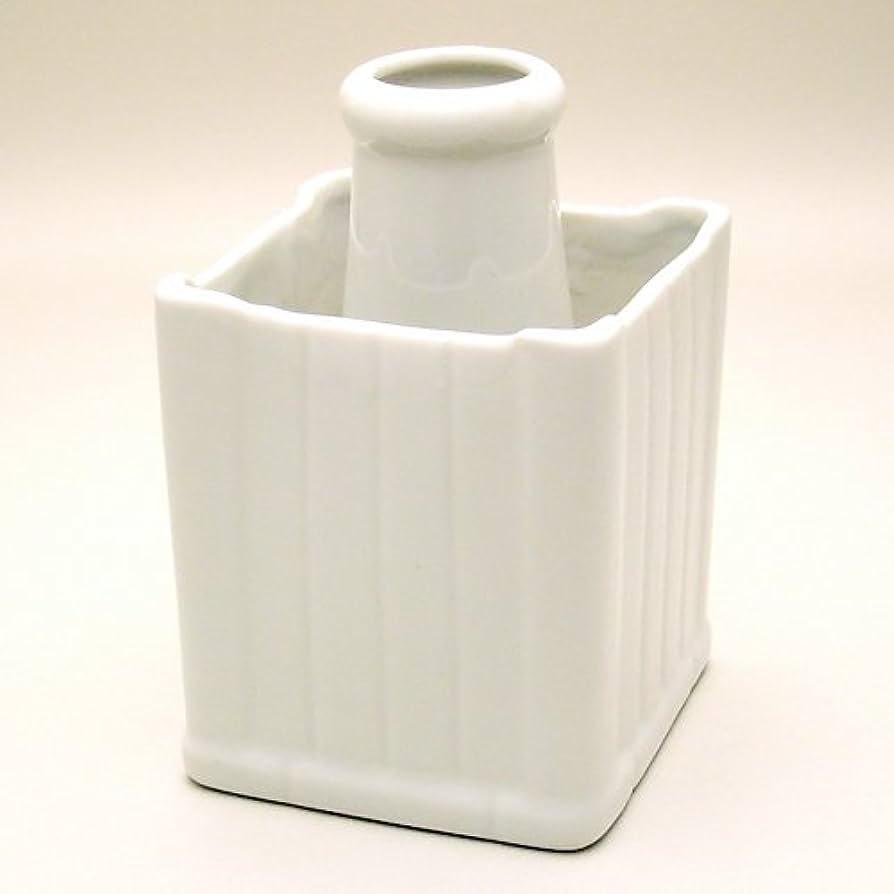  |
| Sanbō: | A wooden tray with a square base and cut out shapes to hold offerings. Placed in front of kamisama. Not a mandatory part of kamidana setups. | 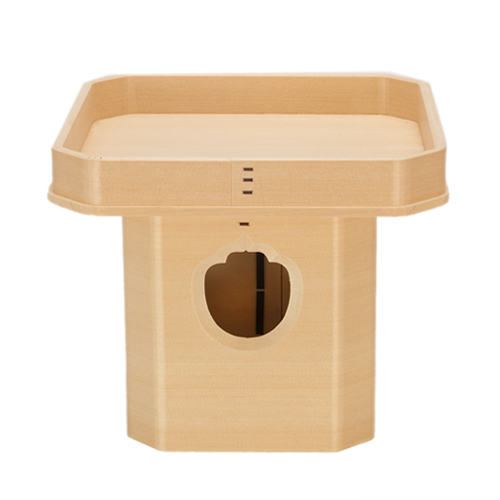 |
| Shimenawa: | Hemp rope with paper zigzags hanging from it that denotes a sacred space. They must be made with care and reverence. | 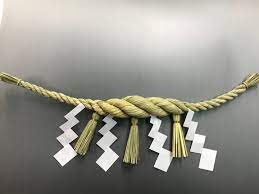 |
| Shinki/Shingu: | General word for all items that are used in Shintō ritual, both in the home and in shrines. | |
| Shinkyō: | Sacred mirror where kamisama’s spirit can alight. Not a permanent living place for kamisama, but still must be handled with respect. | 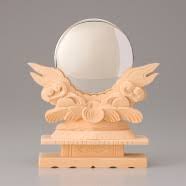 |
| Shinsen: | General term for food and drink offerings to kamisama. | |
| Shinshoku: | General word for Shintō priests, regardless of rank. | |
| Tōrō: | A pair of electrical lamps placed on a kamidana. Usually one has either kagaribi or tōrō, not both. |  |
辞書
2024/03/15 up
BACK← →NEXT(coming soon...)